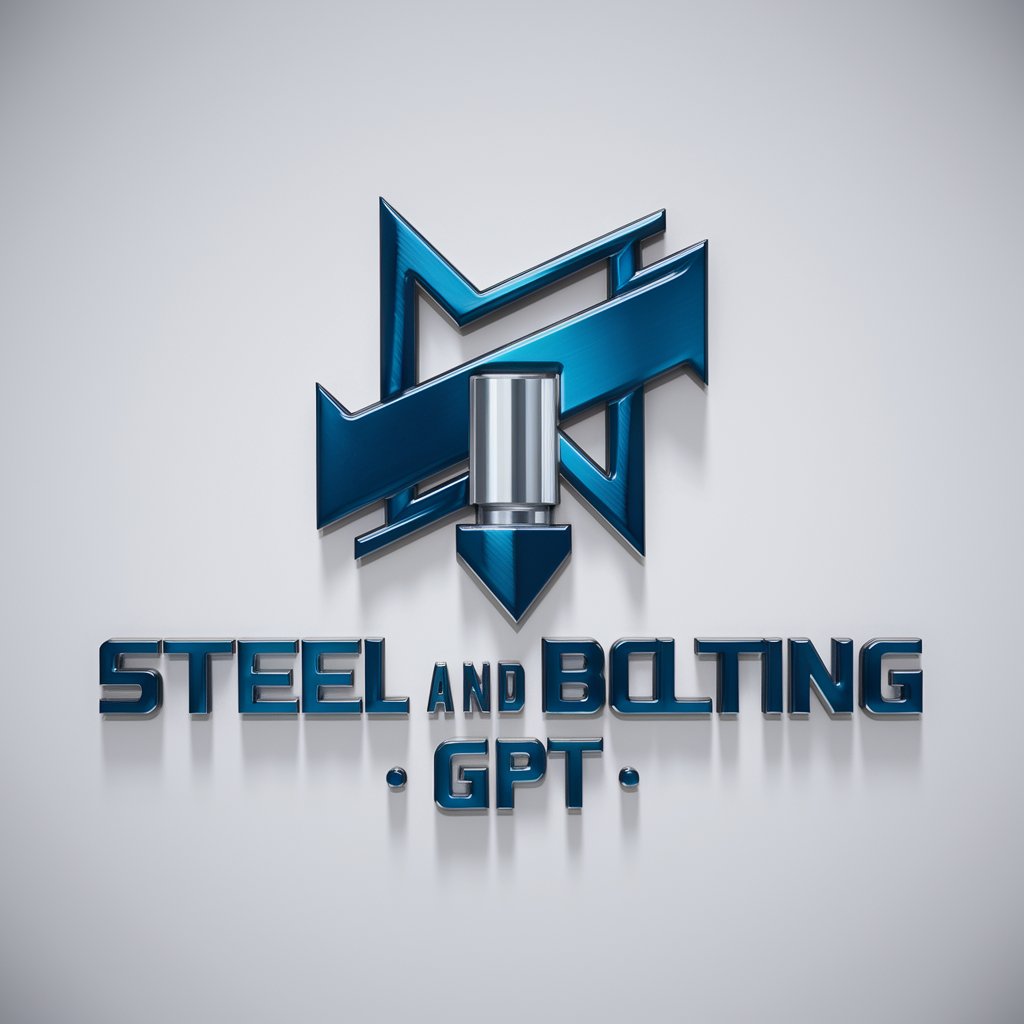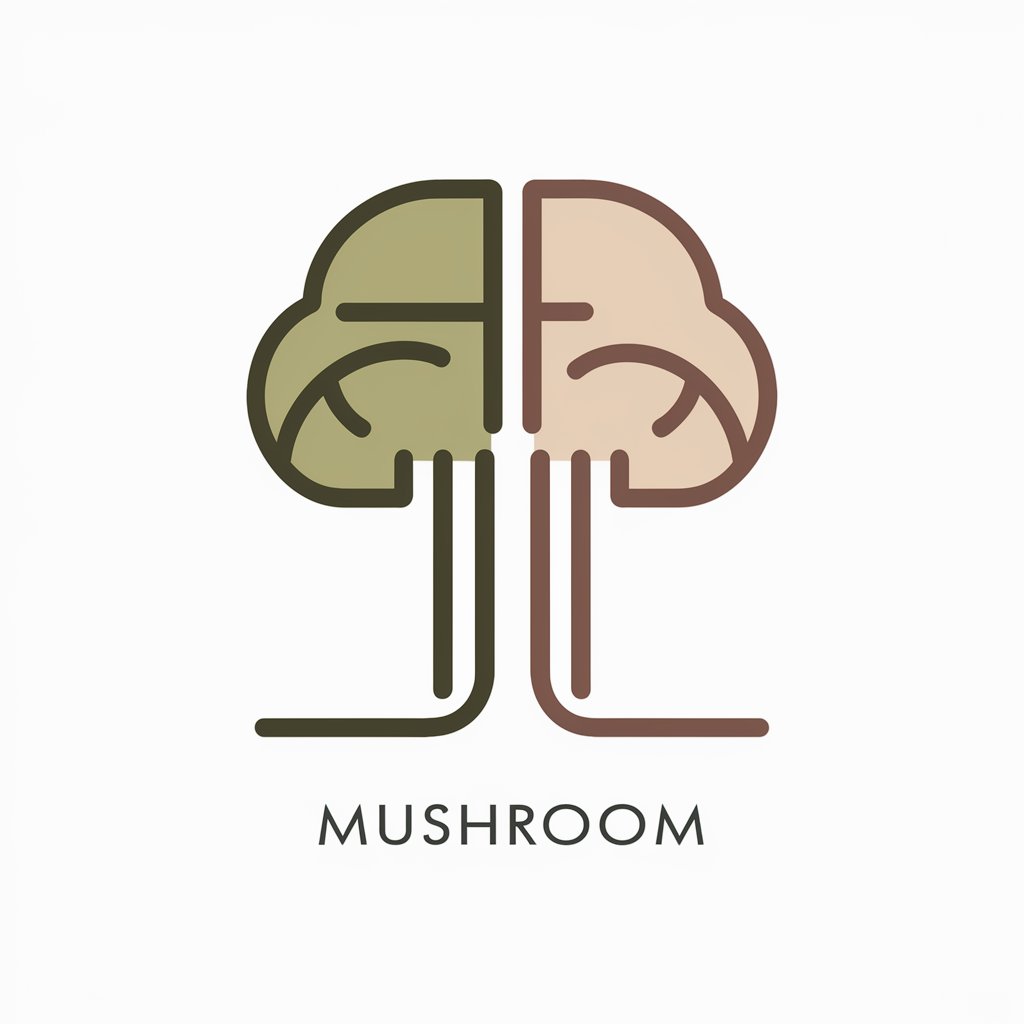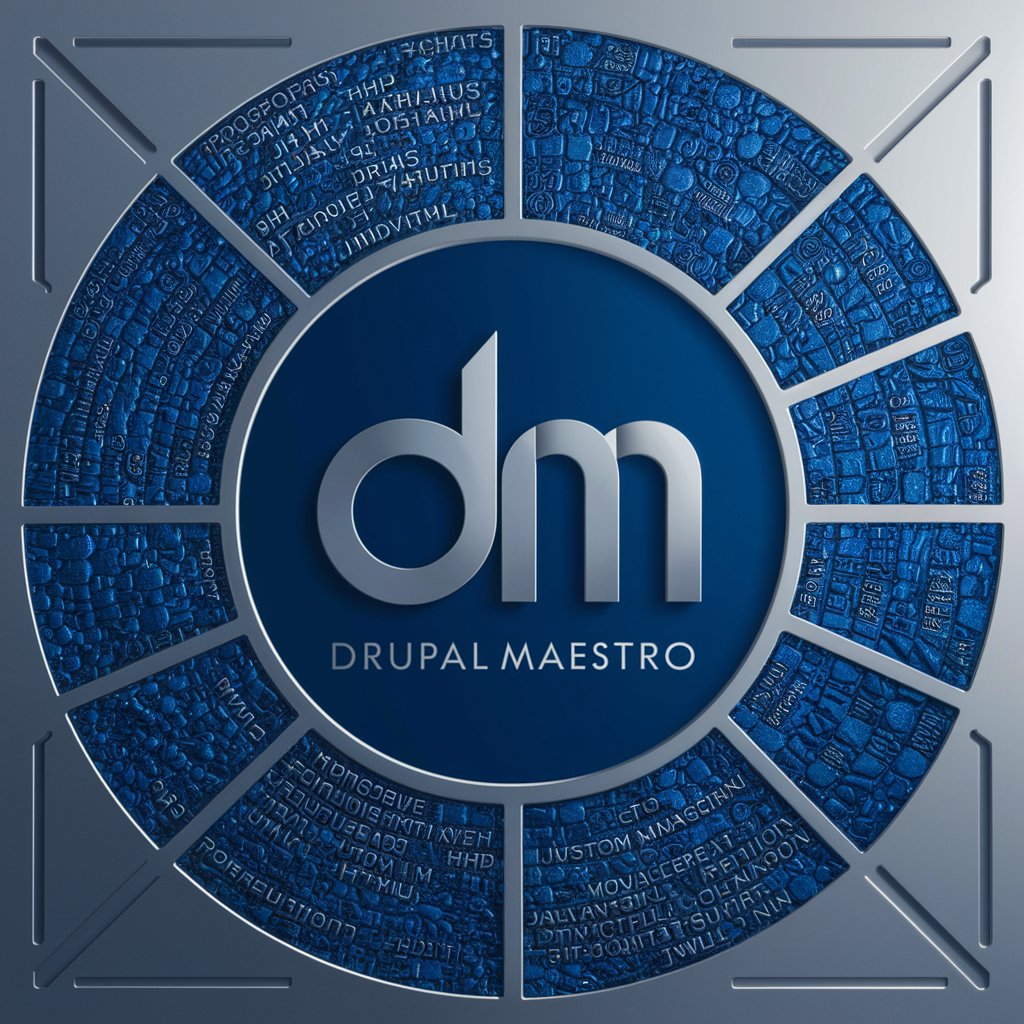Steel and Bolting - Steel and Bolting Guide

Welcome to Steel and Bolting GPT, your guide to AISC standards.
AI-Powered Structural Engineering Insights
Explain the ductility requirements for structural steel buildings as per AISC guidelines.
What are the design considerations for ponding on steel roofs?
Describe the fatigue design parameters for bolts and threaded parts in steel construction.
Outline the general provisions for structural steel design under fire conditions.
Get Embed Code
Overview of Steel and Bolting
Steel and Bolting, as referred to in the context of the AISC Steel Construction Manual, encapsulates the principles, methodologies, and practical applications of steel as a construction material, along with the critical role of bolting in steel structures. This encompasses a broad spectrum of topics from the properties of structural steel, design considerations, to the specifications for high-strength bolts used in steel structures. For example, the manual discusses the design of steel beams for optimal weight and strength, and the selection of appropriate bolting techniques for connections, illustrating the integration of material properties and connection design in creating efficient, safe, and durable steel structures. Powered by ChatGPT-4o。

Core Functions of Steel and Bolting
Structural Design and Analysis
Example
Designing a multi-story steel-framed building
Scenario
Engineers use the principles outlined in the manual to determine the appropriate size and type of steel beams and columns, considering load requirements and building codes.
Connection Design
Example
Designing connections for a steel bridge
Scenario
The manual guides the selection of bolting techniques and materials to ensure that connections between steel components can withstand environmental stresses and load demands.
Fabrication and Construction Guidance
Example
Erecting a steel structure for an industrial facility
Scenario
The guidelines assist contractors in understanding the assembly requirements, bolting specifications, and quality control measures necessary for the safe construction of steel frameworks.
Sustainability and Innovation
Example
Incorporating recycled steel in new constructions
Scenario
The manual provides insights on leveraging sustainable materials and innovative design practices to enhance the environmental performance of steel structures.
Target User Groups for Steel and Bolting
Structural Engineers
Professionals who design, analyze, and oversee the construction of steel structures, benefiting from detailed design methodologies and specifications.
Architects
Individuals who integrate steel elements into architectural designs, requiring knowledge of steel's aesthetic and functional capabilities.
Construction Managers and Contractors
Those responsible for the practical aspects of erecting steel structures, who need to understand fabrication, assembly, and safety protocols.
Students and Academics
Learners and educators in civil engineering and architecture fields, seeking comprehensive knowledge on steel design and construction principles.

Guidelines for Using Steel and Bolting
1
Initiate your project with comprehensive planning. This includes understanding project requirements, and checking the latest edition of the AISC Steel Construction Manual for relevant design specifications and standards.
2
Select the appropriate grade of steel and type of bolting for your application. Consider factors like environmental conditions, load requirements, and the type of connections needed.
3
Utilize design tables and formulas in the AISC Manual to calculate the dimensions and strengths required for your structural components and their connections.
4
Apply detailed design practices for bolting connections, ensuring alignment with AISC guidelines for tension, shear, and combined forces. Pay close attention to the requirements for bolt spacing, edge distances, and pretensioning if applicable.
5
Conduct thorough reviews and quality checks of your designs, including peer reviews, to ensure compliance with AISC standards and safety regulations. Utilize software tools for modeling and analysis where appropriate.
Try other advanced and practical GPTs
Laravel 10 Dev Guru
Empowering Laravel Development with AI

Exercicios de Design Pattern
Empower your code with AI-powered design pattern expertise.

Focus
Sharpen Your Focus with AI

Cryptocurrency
Empowering your blockchain journey with AI.

Android Studio GPT
Empowering your Android app development with AI.

Mushrooms
Unveiling the World of Mushrooms with AI

PHP Prodigy
Elevate Your PHP Skills with AI-Powered Insights

Drupal Maestro
Empowering Drupal development with AI

Rapporteur Web Hebdo
Streamline Your Web Development Reporting

Multi-Cloud Navigator
AI-Powered Cloud Navigation at Your Fingertips

Green
Empowering Sustainable Choices with AI

Native American Studies
Empowering Insights into Native Cultures

Detailed Q&A about Steel and Bolting
What are the key considerations when selecting steel for a construction project?
Key considerations include the structural demands of the project, such as load-bearing requirements, environmental conditions that may affect durability (like corrosion), and the specific mechanical properties needed, such as yield and tensile strength.
How do you determine the appropriate type and quantity of bolts for a connection?
The type and quantity of bolts are determined based on the forces the connection will need to resist, including shear and tension forces. AISC's specifications provide tables and formulas to calculate these requirements, considering factors like bolt grade, diameter, and the nature of the load.
What are the differences between bolted and welded connections, and how do I choose?
Bolted connections are versatile, easier to inspect, and suitable for dynamic loads, while welded connections offer a stronger, more seamless join but require skilled labor and are harder to inspect. The choice depends on the project's specific needs, including design flexibility, load conditions, and accessibility for maintenance.
Can you explain the significance of pretension in bolted connections?
Pretension in bolted connections is critical for maintaining the clamping force that keeps the bolted elements together under load, preventing slip and ensuring the integrity of the connection under cyclic or dynamic loads.
What are some common challenges in designing steel structures and how can they be addressed?
Common challenges include mitigating the risk of corrosion, ensuring structural stability under dynamic loads, and designing for both strength and ductility. Addressing these challenges involves selecting appropriate materials, applying protective coatings, using detailed finite element analysis for dynamic loading scenarios, and adhering to AISC design guidelines.
